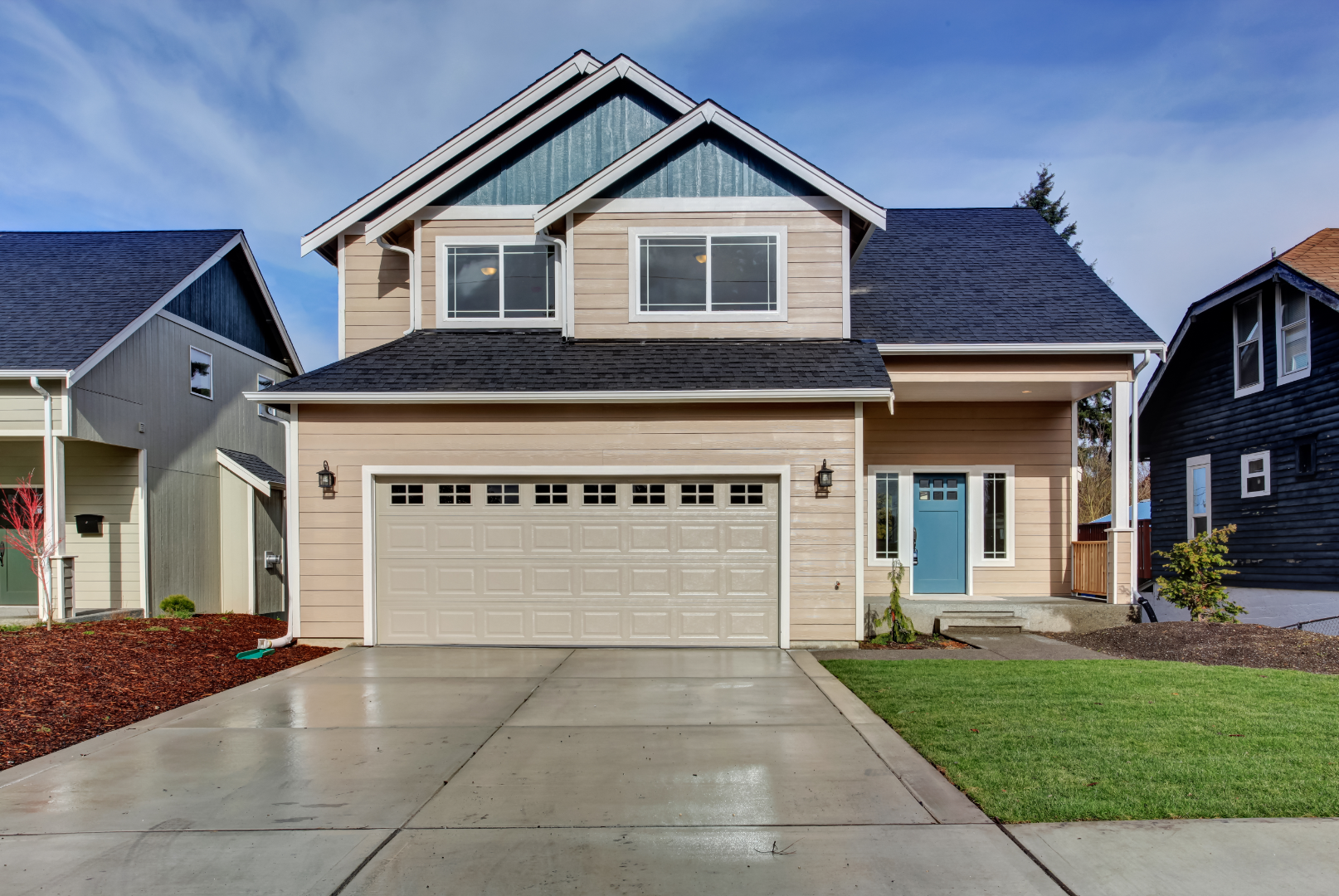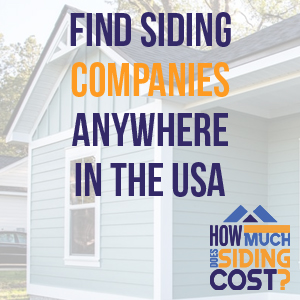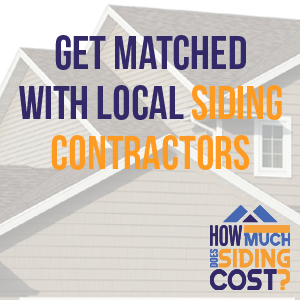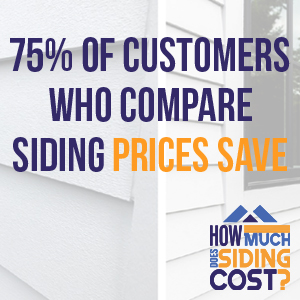
Comparing Traditional Vinyl to Insulated Vinyl: Which Wins?
The market for home siding options has expanded remarkably over the years, and homeowners today have a plethora of choices to suit their architectural needs, style preferences, and budgetary requirements. Among the various siding options available, traditional vinyl and insulated vinyl have emerged as two of the most popular. But how do they stack up against each other? Let’s delve deep into the world of vinyl siding to determine which one comes out on top.
Traditional Vinyl Siding: A Brief Overview
Traditional vinyl siding has been a favorite choice for homeowners since the 1960s. Its durability, ease of maintenance, and affordability have made it an enduring option for homes across the country.
Pros:
- Cost-Effective: Traditional vinyl is typically less expensive than many other siding materials, making it a preferred choice for budget-conscious homeowners.
- Low Maintenance: It requires minimal upkeep—no need for regular painting or staining.
- Versatility: Available in a wide range of colors and styles, it can be adapted to fit various architectural designs.
Cons:
- Less Insulation: Traditional vinyl siding doesn’t provide as much insulation as its insulated counterpart, which can lead to higher energy bills.
- Durability Concerns: It can become brittle over time, especially in colder climates, leading to potential cracks or breaks.

Insulated Vinyl Siding: An In-depth Look
Insulated vinyl siding, as the name suggests, comes with built-in insulation, usually in the form of expanded polystyrene foam. This additional layer provides several advantages over its traditional counterpart.
Pros:
- Enhanced Energy Efficiency: The added insulation helps in reducing thermal bridging, thereby ensuring that homes remain cooler in the summer and warmer in the winter.
- Noise Reduction: Insulated vinyl can significantly reduce outside noise, making homes quieter and more peaceful.
- Durability: It tends to be more rigid and can withstand impacts from hail and other small debris better than traditional vinyl.
- Potential Savings: Although it might be pricier upfront, the energy savings over time can offset the initial costs.
Cons:
- Higher Initial Cost: Insulated vinyl is generally more expensive than traditional vinyl, which might be a deterrent for some homeowners.
- Installation: It can be slightly more complex to install, potentially leading to higher labor costs.
Cost Comparison
While both types of vinyl sidings are cost-effective compared to other materials like brick or wood, insulated vinyl tends to be more expensive than traditional vinyl due to its added benefits.
Which is Right for You?
When deciding between traditional and insulated vinyl, homeowners should consider their budget, energy efficiency needs, and desired maintenance levels. Both have their merits, but for those willing to invest a bit more upfront for potential energy savings, insulated vinyl might be the way to go.
The Verdict
While both traditional and insulated vinyl siding have their merits, the choice largely depends on individual preferences and specific needs.
For homeowners who prioritize energy efficiency and long-term savings, insulated vinyl is a clear winner. The added insulation can result in substantial energy savings over time, and its durable nature ensures it remains a steadfast protective barrier for the home for years to come. On the other hand, those operating on a tight budget might lean towards traditional vinyl siding due to its lower initial cost. However, it’s essential to factor in potential savings on energy bills when considering the overall expenditure.

While both options present strong cases, insulated vinyl seems to have a slight edge, especially when considering long-term benefits. However, every homeowner’s needs are unique, and it’s vital to assess individual requirements before making a decision.
Environmental Impact
When considering any building material, understanding its environmental footprint is becoming increasingly important.
Traditional Vinyl’s Environmental Concerns
- Production: Traditional vinyl siding production emits a significant amount of dioxins, which are harmful to the environment.
- Recycling: While it’s possible to recycle vinyl siding, not all facilities can handle it. Thus, many old vinyl sidings end up in landfills.
Insulated Vinyl’s Environmental Benefits
- Conservation: Due to its energy efficiency, insulated vinyl can reduce a household’s carbon footprint, as less energy is used for heating and cooling.
- Longevity: The added durability of insulated vinyl means fewer replacements over time, reducing the demand for production.
Installation Differences
The installation process can influence your decision as it impacts the time and cost of your siding project.
Traditional Vinyl Installation
- Easier and Faster: Without the added insulation layer, traditional vinyl panels tend to be easier to cut and fit.
- Flexibility: It’s more forgiving when it comes to minor errors in installation.
Insulated Vinyl Installation
- More Rigorous: Requires more precision due to its rigidity.
- Better Fit: The firmness of insulated vinyl means it might lay flatter against the home’s sheathing, giving a more even appearance.

Maintenance Over Time
It’s not just about the initial cost and installation; homeowners need to consider the long-term upkeep.
Traditional Vinyl Maintenance
- Cleaning: Over time, traditional vinyl may accumulate more dirt and mildew, requiring regular washing.
- Repairs: Though it’s durable, it might be more susceptible to cracks or damage from heavy impacts compared to its insulated counterpart.
Insulated Vinyl Maintenance
- Less Frequent Cleaning: The added layer can mean less accumulation of dirt.
- Durability: Insulated vinyl’s extra layer of protection can often mean fewer repairs over its lifespan.
In Summary
Choosing between traditional and insulated vinyl siding requires homeowners to balance initial costs with long-term benefits, both in terms of energy savings and maintenance. Additionally, with growing awareness about environmental issues, the eco-friendliness of your chosen siding material might play a pivotal role in your decision-making process.
Breaking Down the Costs of Traditional and Insulated Vinyl
When choosing between traditional vinyl and insulated vinyl, understanding the cost structure can help in making an informed decision. Here, we’ll break down the costs of both siding types, including the average per square foot.
Traditional Vinyl Costs
Purchase Price:
- Average Cost Per Square Foot: Between $2 to $3 for basic styles.
- Upgraded Styles: More intricate designs or premium colors can raise the price to $5 to $7 per square foot.
Installation:
- Average Cost: Installation usually ranges from $1 to $3 per square foot, depending on the complexity of the project and labor rates in the region.
Maintenance:
- Over the lifespan of the siding, homeowners should account for occasional repairs and regular cleanings, which might add an average of $200 to $500 every few years, especially if professional cleaning services are engaged.

Insulated Vinyl Costs
Purchase Price:
- Average Cost Per Square Foot: Insulated vinyl typically starts at $4 per square foot for basic styles.
- Upgraded Styles: Higher-end designs or premium colors can raise the price to $8 to $12 per square foot.
Installation:
- Average Cost: Installation for insulated vinyl is slightly higher due to its added thickness and can range from $2 to $5 per square foot.
Maintenance:
- Insulated vinyl often requires less frequent cleaning and has a reduced risk of damage over time, potentially saving homeowners money in the long run. Maintenance might average out to $150 to $400 every few years.
While the initial investment for insulated vinyl is higher, homeowners may find that its durability, energy-saving properties, and reduced maintenance needs could make it a more cost-effective option over the long term. On the other hand, those on a tighter budget or looking for a quicker ROI might lean towards traditional vinyl. It’s essential to weigh these factors along with the property’s specific needs and the local climate when making a decision.
The Environmental and Energy Impact of Insulated Vinyl
Making an informed choice between traditional and insulated vinyl goes beyond just immediate costs; it also encompasses the broader environmental and energy implications of each material.
Energy Efficiency & Home Comfort
- Traditional Vinyl: Traditional vinyl provides a decent level of insulation. However, its primary purpose is not thermal performance. Therefore, homes with traditional vinyl might require more energy for heating and cooling, depending on other insulation measures implemented within the property.
- Insulated Vinyl: With a layer of insulation attached to the vinyl, this option excels in its thermal performance. It creates a tighter building envelope, reducing heat loss in winter and keeping out heat during summer. This means a potential reduction in energy bills, as HVAC systems won’t have to work as hard.
Environmental Impacts
- Production: Producing vinyl requires energy and resources, but advancements in manufacturing processes have been made to reduce the environmental footprint. Insulated vinyl, given its added layer, might have a slightly larger footprint in its production phase than traditional vinyl.
- Lifespan & Durability: The longer a product lasts, the less frequently it will need to be replaced, reducing its overall environmental impact. Insulated vinyl typically has a longer lifespan due to its increased resistance to external elements, meaning less frequent replacements.
- Recycling Potential: Both traditional and insulated vinyl are recyclable. However, the recycling infrastructure and acceptability might vary by region. Before discarding, homeowners should check with local recycling facilities.

Considering the Bigger Picture
While the initial costs of siding are crucial, considering the long-term energy savings, home comfort improvements, and environmental impacts can provide a broader perspective. Insulated vinyl, with its energy-saving properties, could lead to significant savings in the long run and a reduced carbon footprint. On the other hand, if budget constraints are pressing, traditional vinyl remains a tried-and-tested option.
It’s also worth noting that advancements in both traditional and insulated vinyl production are continuously being made. As sustainable practices become more integrated into the manufacturing process, both options will likely see further improvements in their environmental footprints.
Top Siding Installation Companies in 2023
In recent years, the siding industry has seen a surge in both innovation and customer satisfaction. For homeowners considering siding installation in 2023, here’s a list of some of the top siding installation companies, each with its distinct strengths and specialties:
1. Elite Exterior Systems
- Specialty: Premium insulated vinyl siding
- Highlights: Known for their impeccable craftsmanship and use of the latest installation techniques. They also offer a comprehensive warranty and have numerous positive customer testimonials.
2. GreenHome Solutions
- Specialty: Environmentally-friendly siding materials
- Highlights: Prioritizes sustainable materials and practices. Their insulated vinyl products boast energy efficiency, reducing a home’s carbon footprint.
3. Durabuild Construction
- Specialty: Wide range of siding materials
- Highlights: Durabuild offers everything from traditional vinyl to insulated, wood, and even fiber cement siding. Their consultation services help homeowners choose the best fit for their needs.
4. Prestige Home Facades
- Specialty: High-end, luxury siding
- Highlights: For homeowners looking for a touch of luxury, Prestige provides top-tier materials with a keen eye for aesthetic appeal.
5. EcoGuard Siding Specialists
- Specialty: Energy-efficient siding solutions
- Highlights: With a primary focus on insulated vinyl, EcoGuard also provides energy consultation to optimize a home’s energy efficiency further.

6. UrbanHome Crafters
- Specialty: Customized siding solutions
- Highlights: Their tailored approach ensures homeowners get a unique design. They also have an impressive turnaround time.
7. ArmorSide Protection Inc.
- Specialty: Durability and protection
- Highlights: Known for installing siding built to withstand harsh weather conditions and external damages.
8. Vista Home Exteriors
- Specialty: Aesthetic appeal
- Highlights: Vista prides itself on transforming homes not just functionally but also visually. They have an extensive range of styles and colors.
9. RenewHome Installations
- Specialty: Quick installations and replacements
- Highlights: Perfect for homeowners needing a quick solution, their team is efficient without compromising on quality.
10. NatureGuard Siding Co.
- Specialty: Natural-looking siding finishes
- Highlights: If you’re aiming for a natural wood finish without the maintenance, NatureGuard offers vinyl options that mimic wood almost perfectly.
Each of these companies has carved a niche for itself in the market, emphasizing their unique strengths. When considering which one to choose, it’s crucial to identify your primary needs – be it aesthetics, durability, energy efficiency, or budget. Ensure you consult with multiple companies, read reviews, and get quotes to make an informed decision.
Factors to Consider Before Selecting a Siding Material
Choosing the right siding material for your home goes beyond just price points and aesthetic appeal. Here are some factors that every homeowner should weigh before making their decision:
1. Climate Compatibility
Different regions have varying climate conditions, and the right siding material can significantly impact your home’s resistance to these elements.
- For Cold Climates: Insulated vinyl is an excellent choice as it helps retain heat, effectively reducing heating costs.
- For Hot & Humid Climates: Traditional vinyl, being less dense, might allow for better breathability, helping to keep the home cooler.
2. Maintenance Level
The ease of maintenance might be a deciding factor for many homeowners:
- Traditional Vinyl: Generally requires less maintenance. Regular cleaning is usually sufficient.
- Insulated Vinyl: Though it can be slightly more challenging to clean due to its thicker nature, its added insulation properties can outweigh this minor inconvenience for some homeowners.
3. Return on Investment (ROI)
The siding material you choose can influence your property’s value:
- Insulated Vinyl: Often seen as a premium upgrade, this can increase your home’s market value, translating to a higher ROI.
- Traditional Vinyl: More cost-effective initially and can still provide an excellent ROI, especially if the home is well-maintained.

4. Environmental Impact
For the eco-conscious homeowner:
- Insulated Vinyl: Offers better energy efficiency, reducing a home’s carbon footprint over its lifetime.
- Traditional Vinyl: While still durable, it doesn’t provide the same level of insulation.
5. Installation Complexity
Some sidings might require more complex installation procedures, which can influence labor costs:
- Insulated Vinyl: Generally requires specialized installation due to its density and structure.
- Traditional Vinyl: Easier and quicker to install, leading to potentially lower labor costs.
Siding Trends in 2023
To keep your home not just functional but also in style, here are some siding trends that have gained traction in 2023:
- Darker Shades: Charcoal, navy, and even black sidings have become popular for those looking to make a bold statement.
- Mixed Materials: Combining vinyl with materials like stone, brick, or wood for a multi-textured façade.
- Vertical Installations: Rather than the traditional horizontal alignment, vertical panels offer a refreshing and modern look.
Incorporating these trends could further enhance the visual appeal of your property, ensuring it stands out in the neighborhood.
Choosing between traditional and insulated vinyl sidings is a significant decision that requires careful consideration of various factors. The right choice will not only uplift your home’s appearance but also provide functional benefits that cater to your specific needs. Remember, the initial investment in quality siding material and installation can lead to years of satisfaction, safety, and potential savings.

Scenario-based Recommendations
Understanding specific scenarios can help homeowners make an informed decision tailored to their unique circumstances:
1. Renovating a Historic Home
For homeowners who are restoring a historic property:
- Traditional Vinyl: This is often recommended to preserve the original look and feel of the home, given its versatility in mimicking older siding styles.
2. Living in Extreme Weather Regions
If your home is located in an area that frequently experiences extreme weather:
- Insulated Vinyl: The added insulation provides better protection against harsh elements, be it blazing sun or freezing temperatures.
3. Planning to Sell
If you’re considering selling your home in the near future:
- Traditional Vinyl: For a quick and cost-effective facelift, traditional vinyl can boost curb appeal without a hefty investment.
- Insulated Vinyl: If you’re aiming for a higher market bracket, the upgraded insulated vinyl can be a selling point for energy-conscious buyers.
4. Budget Constraints
For homeowners on a tight budget:
- Traditional Vinyl: The initial cost is generally lower, making it an attractive option for those who need a quick solution without breaking the bank.
The Importance of Professional Installation
While it might be tempting to turn siding installation into a DIY project, it’s crucial to recognize the value of professional installation:
- Expertise: Professionals have the necessary experience to handle unexpected challenges that might arise during installation.
- Warranty: Most warranties on siding materials are valid only if the installation is carried out by certified professionals.
- Equipment: Specialized equipment, often required especially for insulated vinyl, ensures the job is done right.
- Efficiency: A professional team can complete the job faster than a DIY approach, ensuring your home is protected in a timely manner.
Whichever siding you choose, ensuring it’s installed correctly and maintained well will maximize its lifespan and the benefits it offers. By taking the time to assess your specific needs, budget, and desired aesthetic, you can make an informed choice that will serve you well for years to come.
